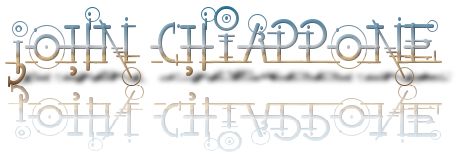 |
|
|
Intro to Logic
- Syllabus
- Workbook
- Postings
Intro to Philosophy
- Postings
Intro to Humanities
- Syllabus
- Homework
- Links
- Postings
| |||||||||||||||
|
- Syllabus - Workbook - Postings
Intro to Philosophy - Postings
- Syllabus - Homework - Links - Postings
|
|||||||||||||||
|
| |||||||||||||||
Copyright © 2012